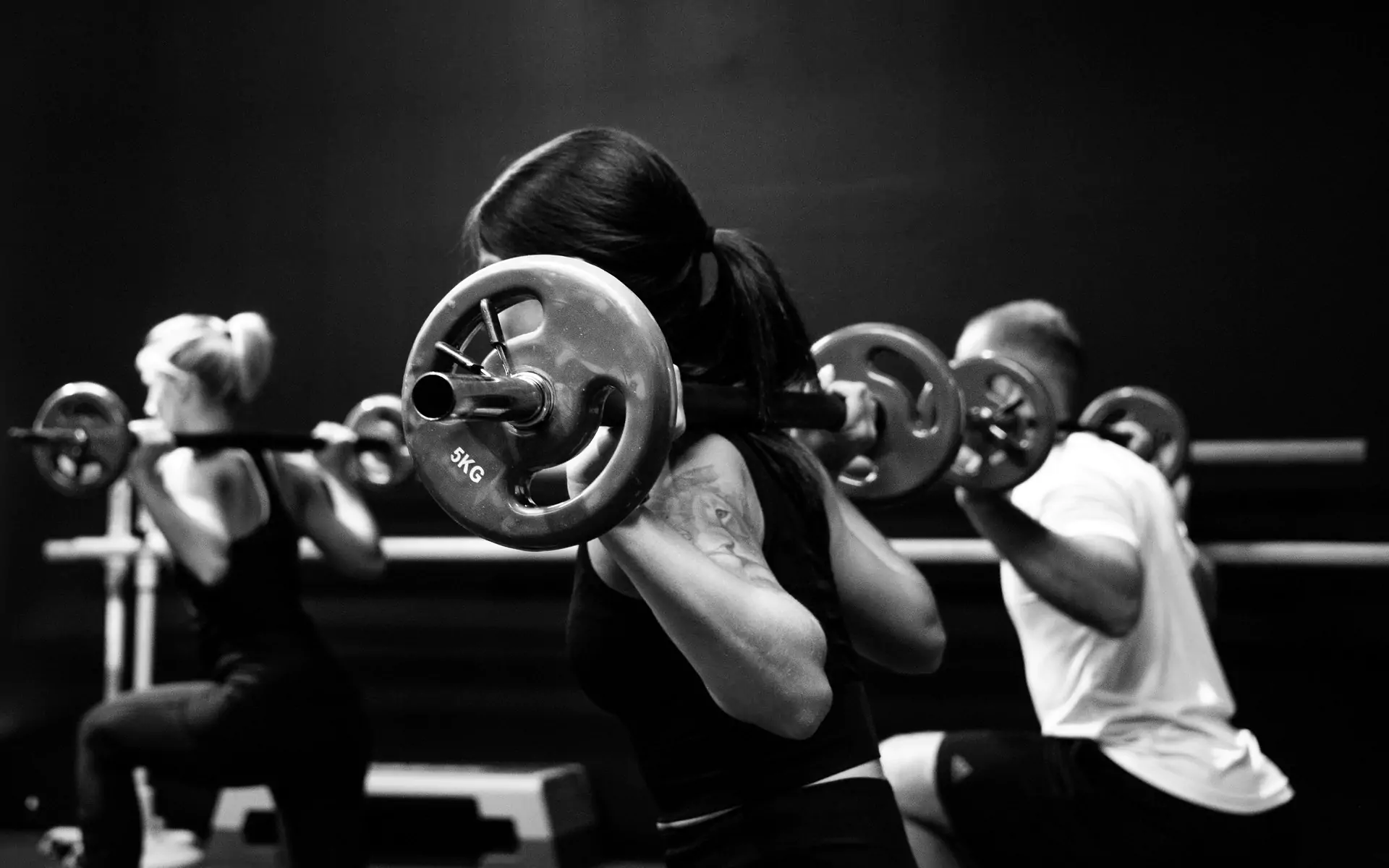There's a good reason why commercials for weight loss supplements perpetually show rock-hard bellies with sharply defined abdominal muscles: everyone wants it! The stomach is the favourite location that most people would like to improve & the majority of those people will do almost anything to get those abs except for the one thing it requires: hard work. That's why supplements are so popular: they promise the results people desire without physical exertion or sweating. Whether or not these supplements actually do any good is up for debate.
The majority of supplements reachable on the market today use "active" ingredients that are not approved by government agencies as being safe for human use. Many times these 'special elements' have no scientific evidence to back up their wild claims. Ingredients such as ma huang, ephedra, and aristolochia have been shown to produce adverse effects like heart palpitations, kidney failure, and, in the most extreme cases, even death. Herbal supplements have no regulatory agency in the United States and thus a manufacturer could put anything in a pill, call it herbal, and then sell it on the market without ever presenting any proof of safety or efficacy. Ingredients are only banned when enough people become ill to raise an alarm. Do you really want to be one of those people just to get the six-pack of your dreams?
The good news is that you can get a killer stomach without drugs or so-called herbal supplements. Through a carefully planned program of exercise, diet and hard work, you can change your belly into the abdominal muscles of your dreams. It may not be as easy as popping a couple of pills but the results are worth it and you'll enjoy the reward even more since you earned every bit of it on your own.
The first thing you should do is find something to use as a record-keeper and plan book for your program. Exercise journals are fantastic for this purpose because as you enter daily information in the journal, you're putting together a complete record that can be referred back to in the future. It can also be great encouragement for you to look at how far you've come in terms of weight loss and muscle gain. If you have a personal digital assistant (P.D.A.), find an application that allows you to track your workouts and personal statistics. There are dozens of companies that make programs for the P.D.A., so you are sure to find one that makes an application suitable for your handheld. If you prefer to remain low-tech, buy a basic school notebook and use one page daily to record information about your exercise program. The important information you should be writing down is as follows:
Date (including time of day)
Weight
Exercise for the Day
Daily Meals
Measurements (once weekly)
Tracking this information will assist you in figuring out what works for you and what doesn't. Writing down your daily meals is especially important" research shows that the most successful dieters are the ones who keep an honest food journal every day. When you have an accurate count of your daily intake of calories, it's hard to deny the truth and eat another chocolate chip cookie. Be aware of your calories and you won't overeat. Another trick from successful dieters is to weigh in daily. While some may disagree, keeping a daily record of weight acts as a check on overeating and skipping workouts" the desire to see the number on the scale drop can prevent any diet misbehavior. The best time to weigh yourself is in the morning as soon as you wake up and have emptied your bladder. Try to weigh at the same time every day for the most accurate assessment of your weight. As far as measurements go, taking them weekly is appropriate" that allows enough time to see a real change so you don't become discouraged. You may want to consider measuring biweekly if you prefer to see more dramatic changes.
Once you are prepared with your exercise log, it's time to think about an exercise schedule. For the best results you should incorporate cardiovascular exercise with weight training and abdominal work. Exercising aerobically burns fat and calories, and decreases the amount of fat that lies over the abdominal muscles. Many times people do hundreds of sit-ups and never see a change in their bellies" that's because unless you reduce the fat that covers the muscles, you can't see the definition underneath. Excellent choices for aerobic workouts are swimming, interval training, and speed walking. You should ideally work out four to five times during the week. Strength training is also important because you need strong muscles in order to power your aerobic training. Additionally muscle burns more calories than fat and takes up less space, too. The final part of your program is the abdominal work itself. Traditional sit-ups are fine but try moves with a twist for an extra boost in metabolism. Pilate's moves are great for tightening abdominal muscles as is belly dancing. There are a variety of moves and routines you can incorporate into your schedule to move you closer to your ultimate goal of six-pack abs.
Expect to spend at least 3 months working on your goal. Change doesn't happen overnight, especially if you have more than five pounds to lose. Stick with it and manage your training log; before you know it, you'll be sporting killer abs!
